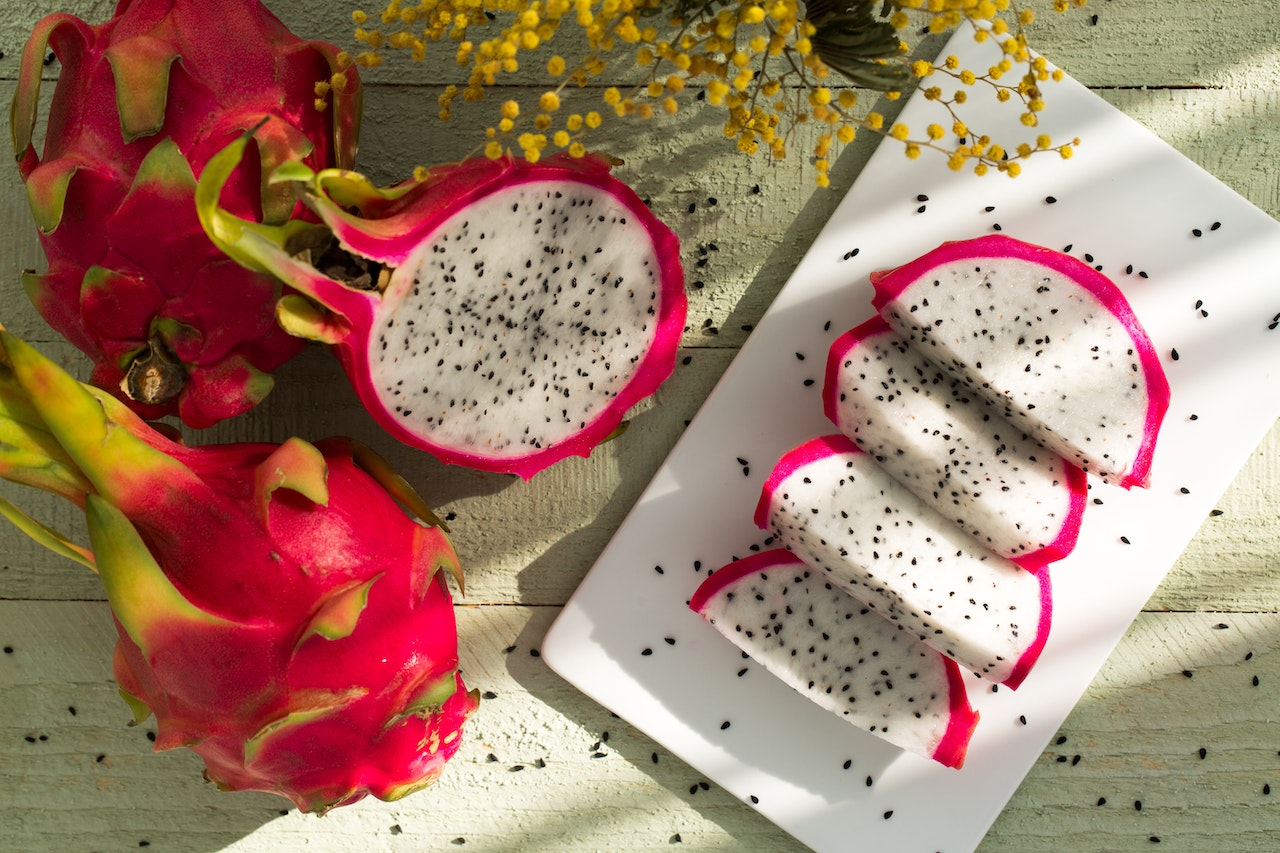Whether it’s luxury Cilento figs, crisp Val di Non apples, or juicy Pesca di Verona peaches, Italy is home to some of the sweetest and tastiest fruits in the world. But, now rising temperatures are allowing Italian farmers – mainly in Southern Italy – to grow bountiful tropical plantations. In addition to promising to put a different twist on traditional Italian cuisine, locally-grown exotic fruit varieties are also eliminating environmentally-unfriendly food miles, along with the pesticides and preservatives to keep fruit fresh when shipped in from abroad.
Rise of tropical fruits
In the Pontine Plains – an area of former marshland in the Lazio Region of central Italy – Chinese kiwis are now thriving. In fact, Italy has won the title of the largest kiwi producer in Europe, and the third largest in the world following China and New Zealand. But, that’s not all: mangos, prickly pears, Feijoa pineapples, dragon fruit, pomegranate, papaya, passion fruit, guava are also growing abundantly in southern Italy — namely in the regions of Calabria and Basilicata. Banana trees have also made a nice home in Sicily thanks to the coastal landscape, while avocado trees also benefit from the island’s mineral-rich and fertile black volcanic soil.
Growing your own at home
Even people outside of Southern Italy can try growing their own tropical fruits at home – even in colder temperatures. How? Some tropical species will grow as indoor trees. Dragon fruit, for example, can successfully be grown from a cutting of a healthy dragon fruit plant. As long as you take proper care of cutting – by ensuring the soil’s moist, and the pot gets at least six hours of sunlight daily – your dragon fruit plant will start producing fruit after a couple of years. In addition to being packed with antioxidants, fiber, and vitamin C, dragon fruit also tastes amazing – like a cross between a pear, strawberry, and kiwi.
Italy’s agricultural revolution
So, how did Italy’s agricultural revolution come about? Farmers, acutely aware of rising temperatures impacting their usual native production, first consulted university experts, before traveling to warmer countries, including Brazil, to purchase the most promising-looking seeds. Once back in Italy, the farmers then established “niche biological and organic, non-intensive plantations” that fall in line with crop rotation practices designed to improve soil structure and fertility, as well as boost yield. The Palazzolo brothers, for example, are two rural Sicilian farmers growing bananas, papayas, and even coffee along the coast near Palermo. “We heal our tropical trees and shrubs, when needed, with other plants by applying so-called basic homeopathy techniques. It’s a new groundbreaking method dubbed agro-homeopathy. Just like for human beings, instead of feeding medicine in the form of nasty pesticides we have opted for natural remedies made of herbs, which are the best alternative to chemical substances”, says Rosolino Palazzolo.
Ultimately, Italy’s agricultural revolution is set to boost the local economy, make food miles a thing of the past, and promote healthy eating habits. Exotic fruits promise to generate bountiful harvests for years to come.


